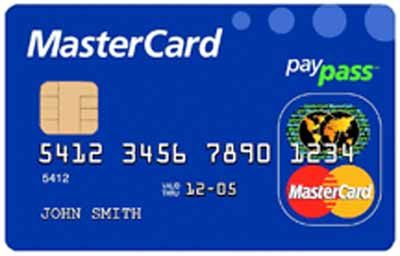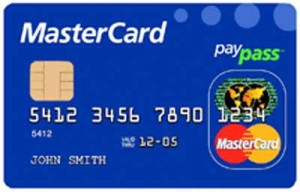The first day of the Smart Card Alliance Payments Summit generated spirited discussions from experts on the future of payments in the United States. The consensus was that modifying the EMV chip will be the foundation necessary to move to the next level of secure and convenient payments, whether in the form of contact, contactless and/or mobile. The Summit is being held through February 10th at the Hilton Salt Lake City Center in Salt Lake City, Utah. “The answer is simple: it’s time.” – Ed McLaughlin chief emerging payments officer MasterCard Worldwide
MasterCard recently revealed its road map, which includes the path for migration from magnetic stripe to EMV technology. Referring to EMV as “the foundation of the future of payments,” McLaughlin detailed MasterCard’s plans to encourage the rapid adoption of more secure contact and contactless chip cards by giving more benefits to merchants that invest in secure, dynamic authentication methods.
Visa’s Jennifer Fischer, head of U.S. payment system risk, agreed. She stressed that EMV’s dynamic authentication is critical for a more secure payments industry, maintaining that it will lay the groundwork for contact, contactless and mobile EMV under the same infrastructure.
Visa guidelines promote an “always online” strategy that does not mandate offline authentication with PIN. Issuers have flexibility to choose cardholder verification options, whether it is online and/or offline PIN; signature; or no verification method.
The differing mobile wallet solutions emerging in the marketplace was a hot topic yesterday, with presenters commenting on consumers’ increasing use of mobile phones to compare prices, browse, and purchase. George Peabody, director of Mercator Advisory Group’s Emerging Technologies Advisory Service, called these consumers “weaponized shoppers.”
Both MasterCard and Visa included mobile in their vision of the future of U.S. payments, while Isis and PayPal took the floor to talk commerce. Isis director of sales Jim Stapleton announced that the company’s upcoming summer pilot in Salt Lake City will “transform the way people shop and pay.”
Stapleton called the Isis mobile payment infrastructure — a joint venture formed by AT&T, T-Mobile and Verizon — a “convening of the industry” that gives banks and merchants “tinker toys” to develop payment and loyalty programs for customers in the form of a mobile wallet that is “safer than your other wallet.” Patrick Gauthier, head of PayPal’s product strategy and business operations, retail services, focused on commerce and the consumer experience in his presentation.
Citing that in the last few decades payments have driven commerce, Gauthier said that at least in the next 15 years, “commerce will drive what payments need to do.” He suggested that mobile wallet solution providers should roll out infrastructures and programs with merchants’ and consumers’ wants and needs in mind, as these are the parties that are going to drive usage.
Open Transit Payments Several large U.S. transit agencies talked about their plans to move to open fare collection systems. All were looking to “future proof” systems, and all had aggressive implementation schedules. John McGee, SEPTA’s (Southeastern Pennsylvania Transportation Authority) chief officer of new payment technologies talked about their recent open payment system contract award, and their goal of a future where virtual ticketing plays a major role.
The Chicago Transit Authority (CTA), which recently awarded a $ 454 million contract to Cubic Transportation Systems, will skip pilots and aim for full implementation of its open payment system in the second quarter of 2014. Eric Reese, general manager of business development, said the main objective is to let consumers use the same payment mechanism across all of the CTA’s areas of service, adding, “NFC is a thought. When that time comes, we will be ready.”
The Metropolitan Transportation Authority (MTA) of New York is ready to commit to open payments as well. Amy Linden, the MTA’s senior director for new fare payment systems, said that their Tap & Ride™ project is about consumers being able to “buy fare products anytime, anywhere, and manage accounts anytime, anywhere.”
With the goal to mainstream payments and leverage existing payment technologies and networks, Linden said the MTA aims to “go live” within three years of the design notice to proceed (NTP).



